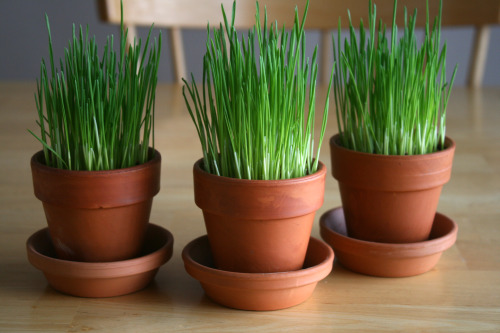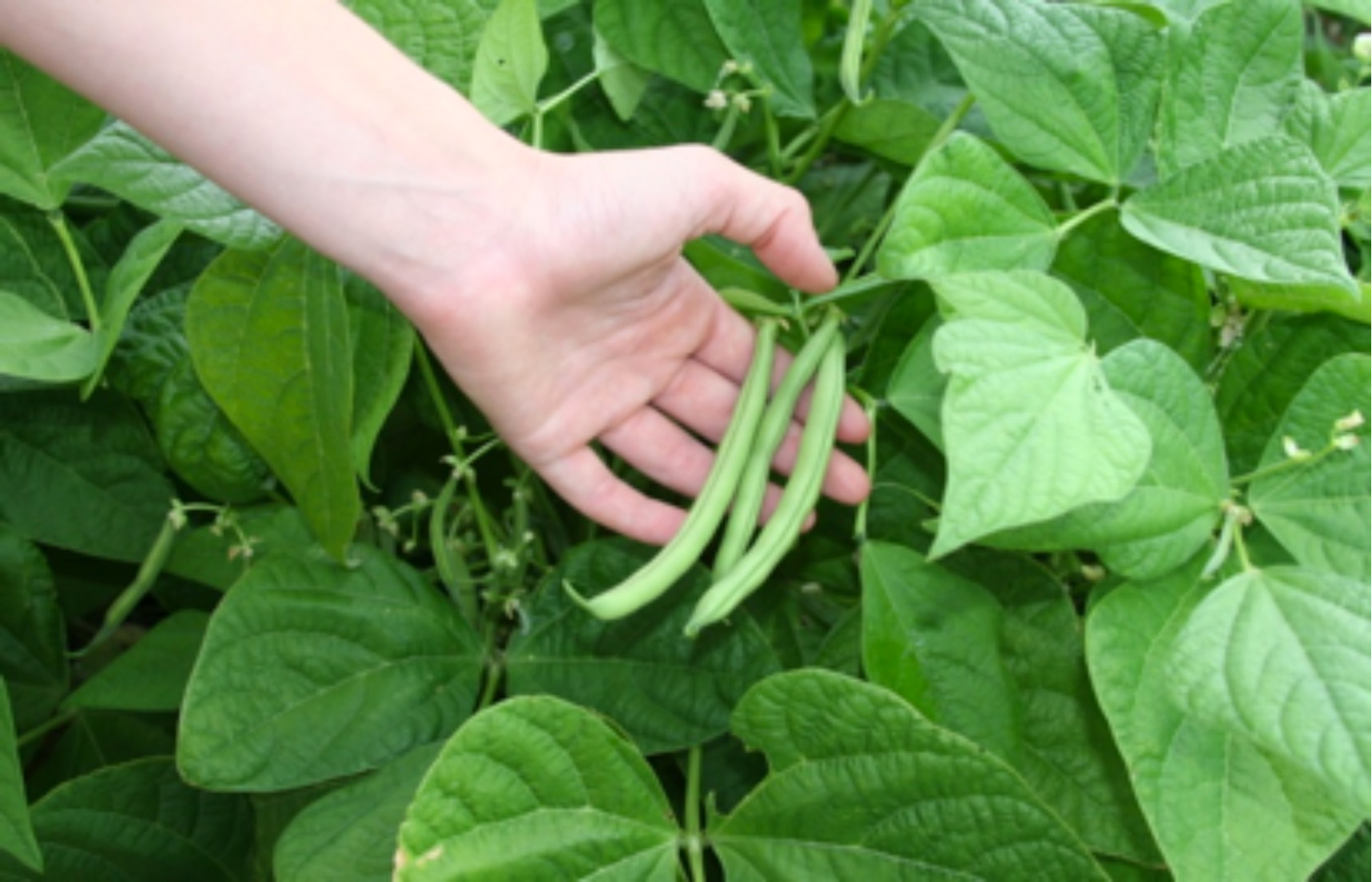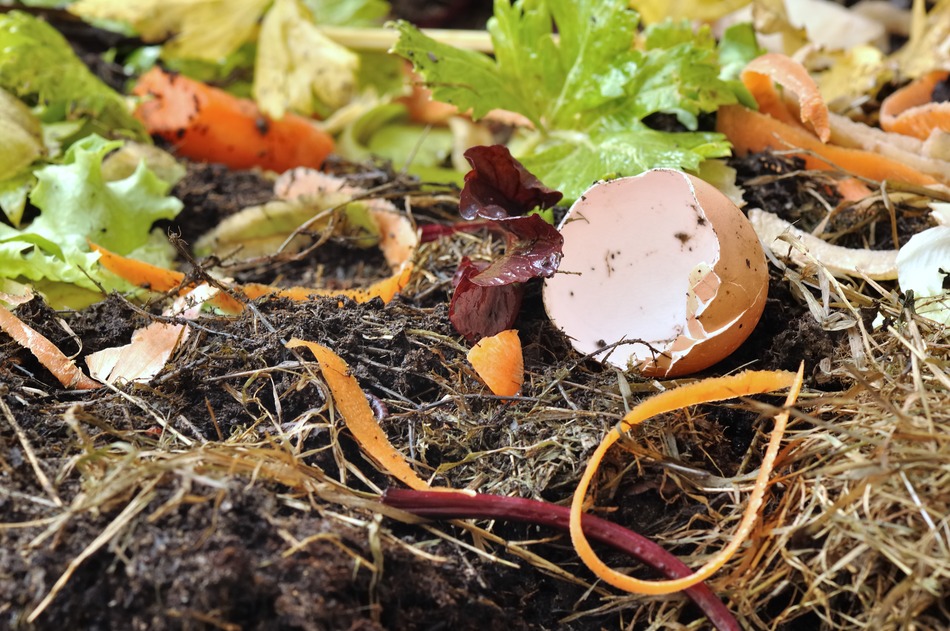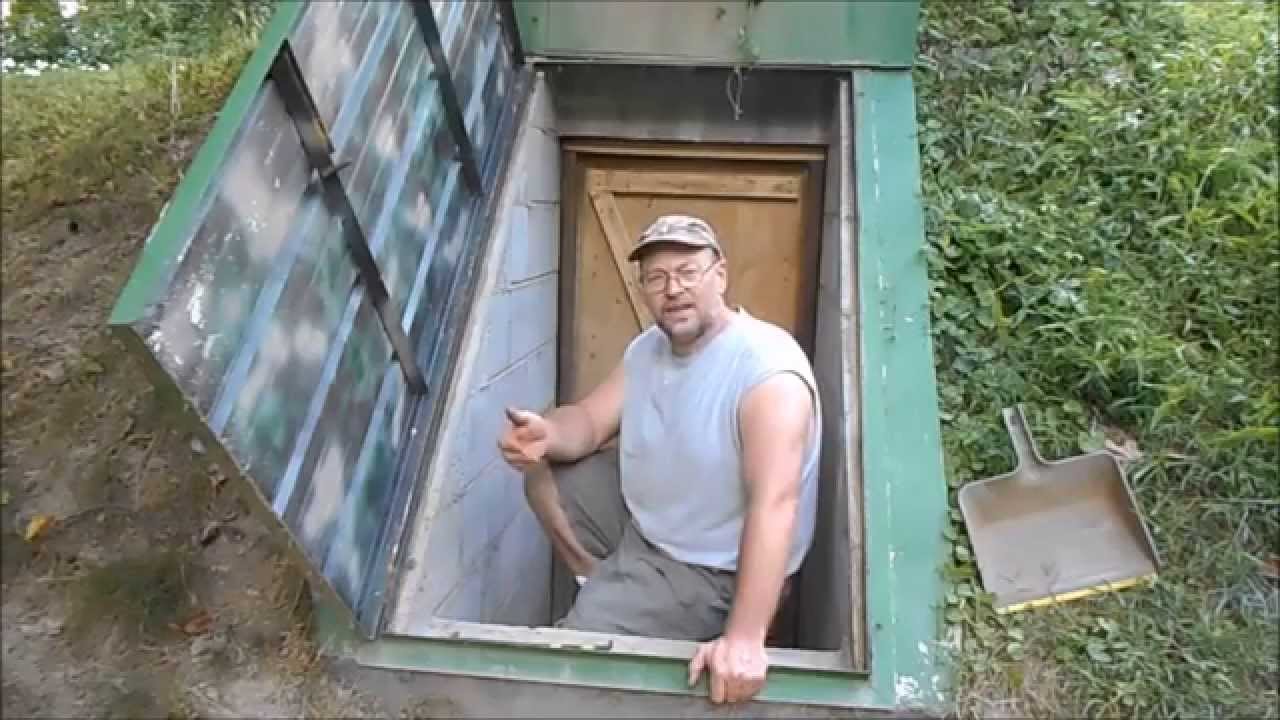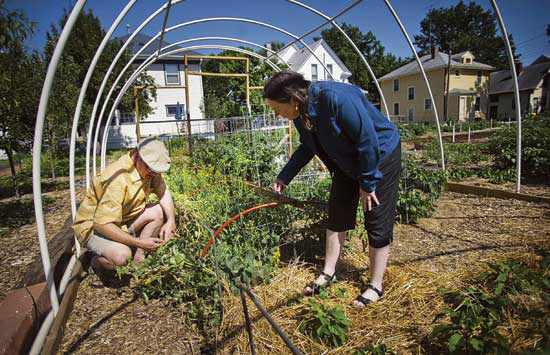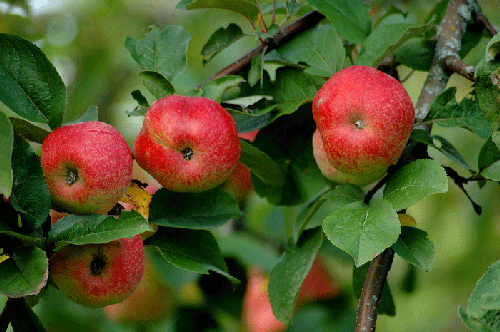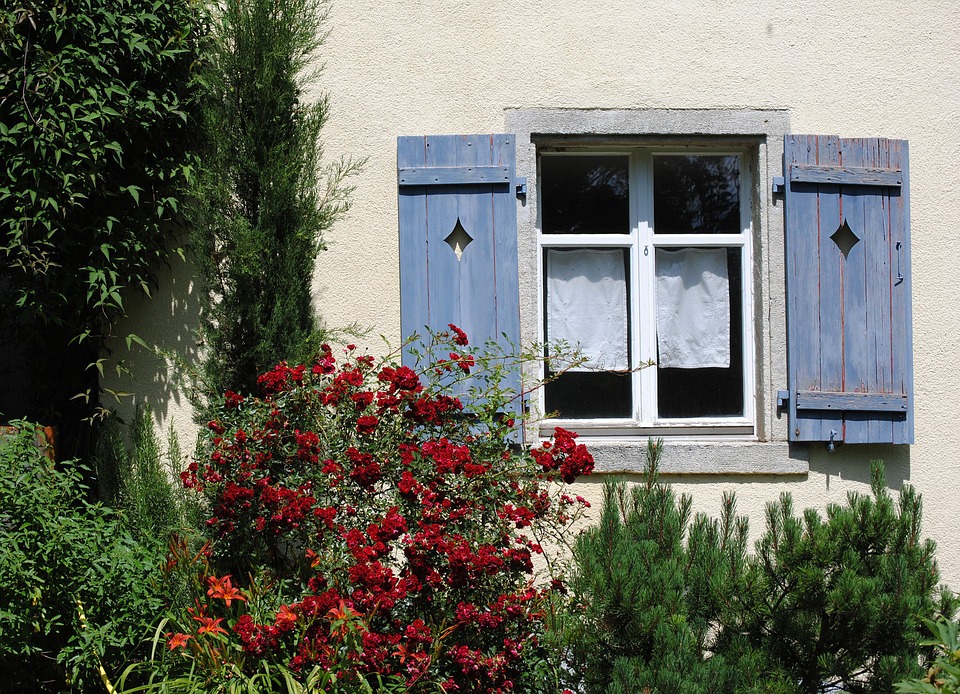Wheatgrass
This time of year, even those that are living in a warmer zone are experiencing declining harvests in the garden. Adding a layer of protection can help, but if you haven’t already done this it’s a little too late. The good news is that even if you haven’t protected your crops from the cold, or … Read more

